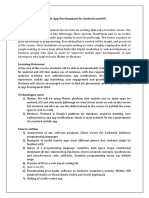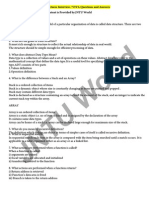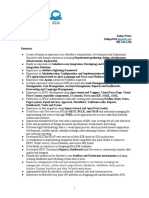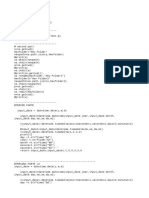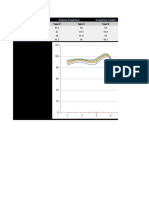0% found this document useful (0 votes)
46 views2 pagesMobile Development Learning Path
This learning path provides a structured guide for beginners in mobile app development, covering both cross-platform and native approaches. It includes six stages, from understanding the mobile app ecosystem to publishing apps and preparing for job opportunities, with an estimated timeline of 4–6 months. Key outputs include building portfolio projects, integrating backend services, and polishing UI/UX for real-world applications.
Uploaded by
bojackbekimanCopyright
© © All Rights Reserved
We take content rights seriously. If you suspect this is your content, claim it here.
Available Formats
Download as PDF, TXT or read online on Scribd
0% found this document useful (0 votes)
46 views2 pagesMobile Development Learning Path
This learning path provides a structured guide for beginners in mobile app development, covering both cross-platform and native approaches. It includes six stages, from understanding the mobile app ecosystem to publishing apps and preparing for job opportunities, with an estimated timeline of 4–6 months. Key outputs include building portfolio projects, integrating backend services, and polishing UI/UX for real-world applications.
Uploaded by
bojackbekimanCopyright
© © All Rights Reserved
We take content rights seriously. If you suspect this is your content, claim it here.
Available Formats
Download as PDF, TXT or read online on Scribd
/ 2






